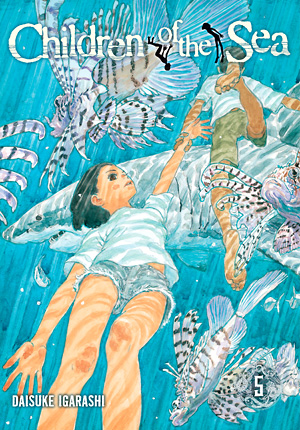My News and Reviews It was another two-review week last week. My Blade of the Immortal review project continues with Hiroaki Samura's Blade of the Immortal, Volume 26: Blizzard. The volume includes …
Continue Reading about My Week in Manga: October 14-October 20, 2013 →

